

The Importance of Eye Health and Everyday Risk
Our eyes are among our most vital senses, allowing us to perceive the world and maintain our daily routines in a healthy way. However, the conditions of modern life can unknowingly pose serious threats to our eye health. Habits such as spending long hours in front of a computer or phone screen, exposure to sunlight without protection, poor diet, lack of sleep, and smoking can lead to problems like eye fatigue, dryness, and reduced visual quality over time.
In addition to all of this, eye health is often only taken seriously when a problem is felt. Yet many eye diseases can progress without showing symptoms and may only be detected early through regular check-ups.
Conscious Approaches to Protecting Eye Healt
Adopting conscious lifestyle habits plays a major role in preventing eye diseases or detecting them at an early stage. To maintain healthy vision, it is important to have regular eye check-ups not only when a problem arises but even in the absence of symptoms. A balanced diet, limiting screen time, maintaining good eye hygiene, and establishing a quality sleep routine all help preserve the natural structure and function of the eyes for many years.
Additionally, wearing protective sunglasses against harmful UV rays and avoiding harmful habits can help prevent vision loss in later years. On this page, you’ll find preventive measures you can take to protect your eye health, along with basic information about common eye conditions.
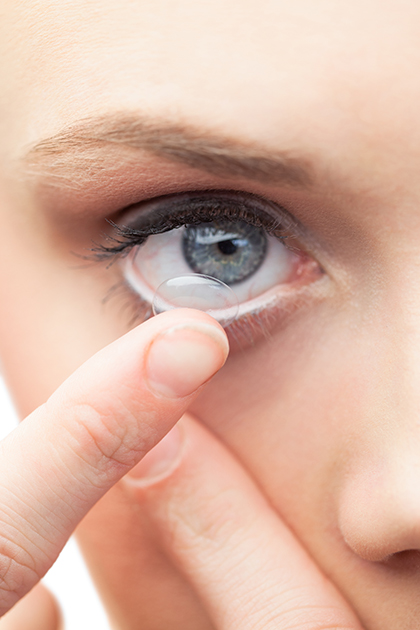 Contact Lens Treatments
Contact Lens Treatments
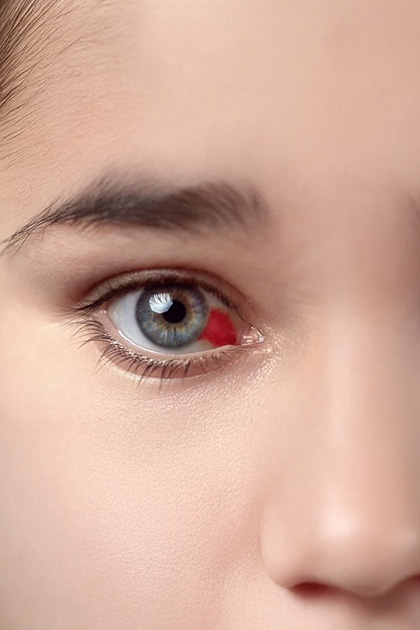 Red Eye Disease Treatment
Red Eye Disease Treatment
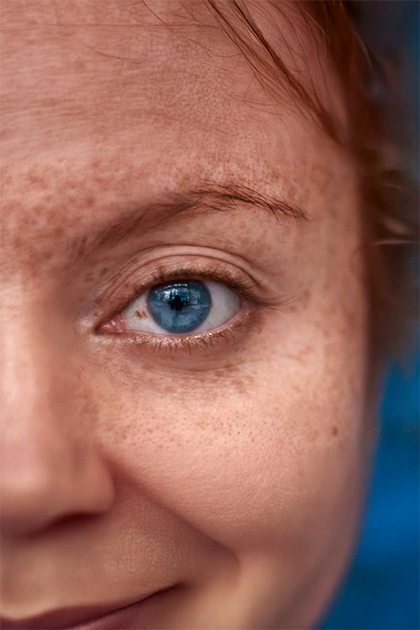 Conjunctival Nevus Treatment
Conjunctival Nevus Treatment
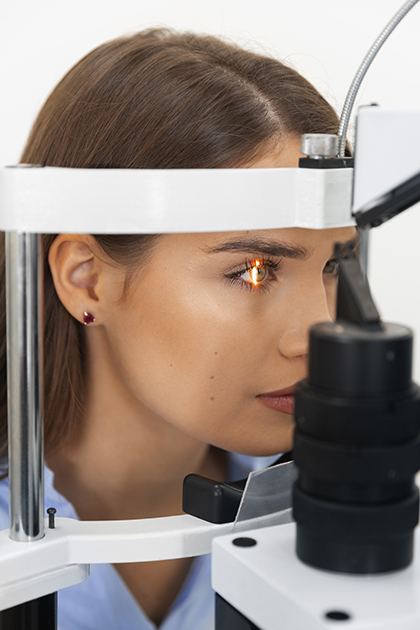 Keratoconus – Corneal Diseases
Keratoconus – Corneal Diseases
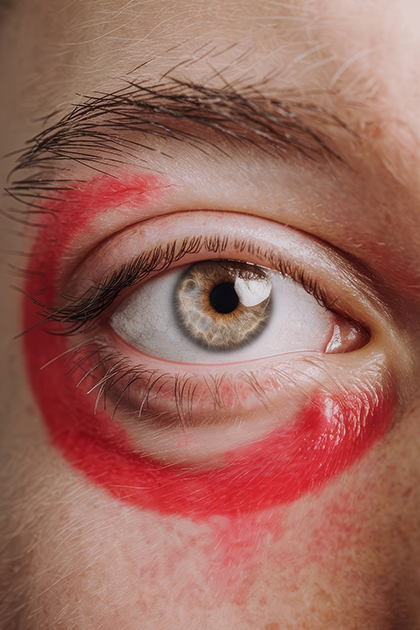 Corneal Inflammation – Keratitis Treatment
Corneal Inflammation – Keratitis Treatment
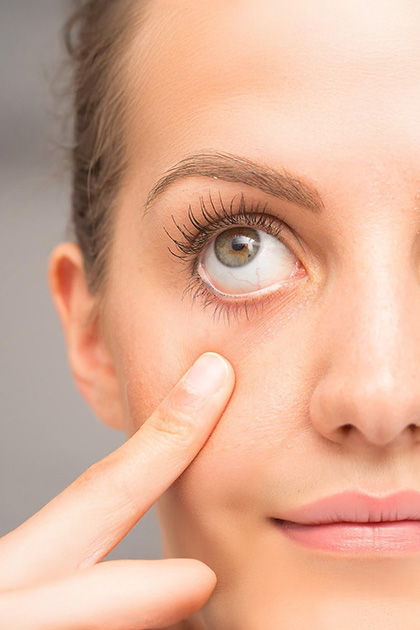 Macular Degeneration and Retinal Disease Treatment
Macular Degeneration and Retinal Disease Treatment
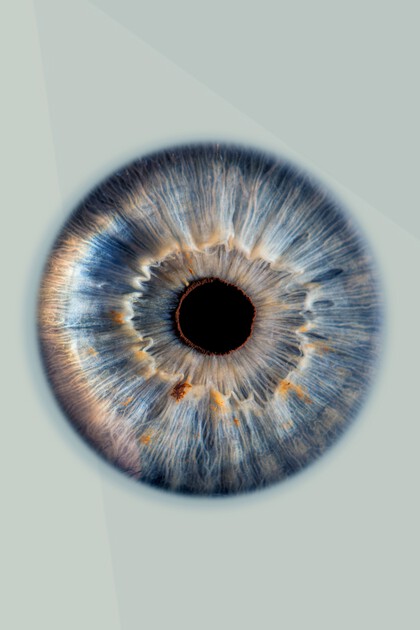 Eye Tremor – Nystagmus Treatment
Eye Tremor – Nystagmus Treatment
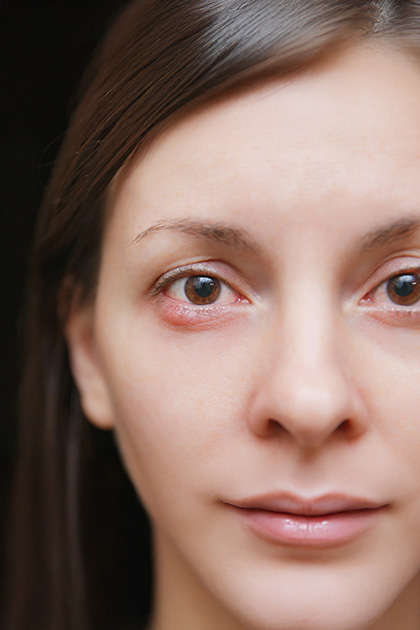 Stye Treatment
Stye Treatment
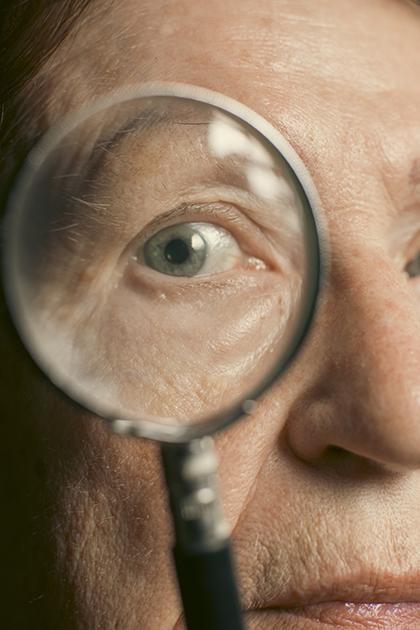 Eye Disorders Treatment
Eye Disorders Treatment
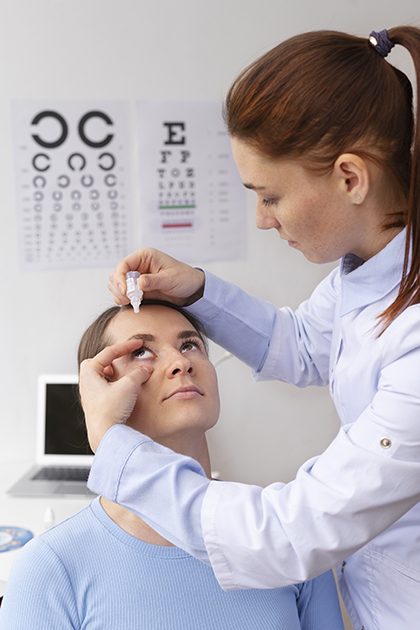 Dry Eye Treatment
Dry Eye Treatment
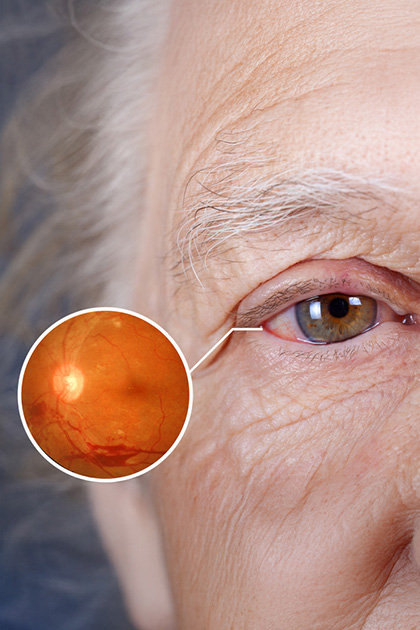 Diabetes (Diabetic Retinopathy)
Diabetes (Diabetic Retinopathy)
 Lazy Eye and Strabismus
Lazy Eye and Strabismus
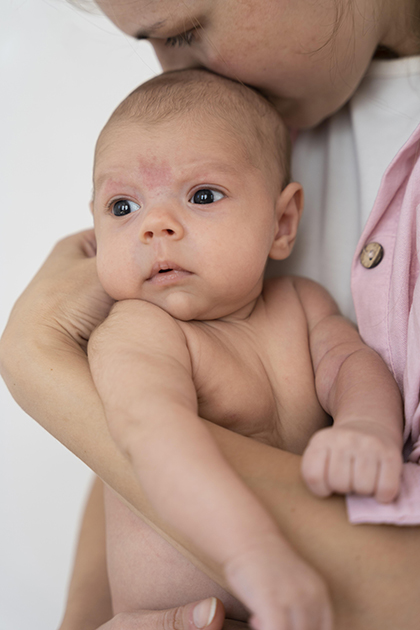 Retinopathy of Prematurity (ROP) Treatment
Retinopathy of Prematurity (ROP) Treatment
 Glaucoma Treatment (Intraocular Pressure Management)
Glaucoma Treatment (Intraocular Pressure Management)
